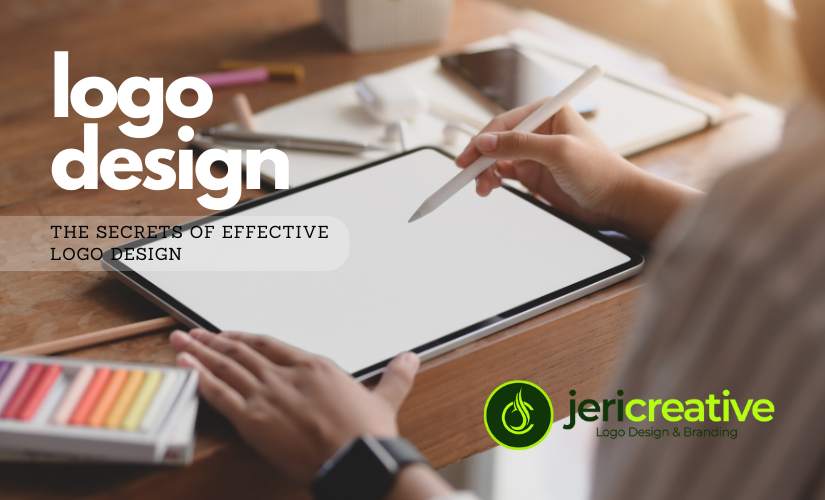
Logo Design: Different Types of Logos
Your logo is the cornerstone of your brand identity, the silent salesperson that makes that crucial first impression. But with so many possibilities, where do you even begin?
Unveiling the Logo Archetypes
There are several main categories of logos, each with its own strengths and applications. Let's explore some of the most common:
Wordmark Logo
These logos consist solely of the brand name spelled out in a unique typeface. Think of brands like Coca-Cola, FedEx, and Google. Wordmarks are a powerful choice when your brand name is strong, memorable, and easy to pronounce. They convey a sense of professionalism and sophistication.

Monogram Logo
These logos take the initials of your brand name and create a new visual identity. Think of brands like Coco Chanel, HBO, and CNN. Monograms are a space-saving option, well-suited for brands with long or complex names. They can project a sense of tradition, authority, and trust.
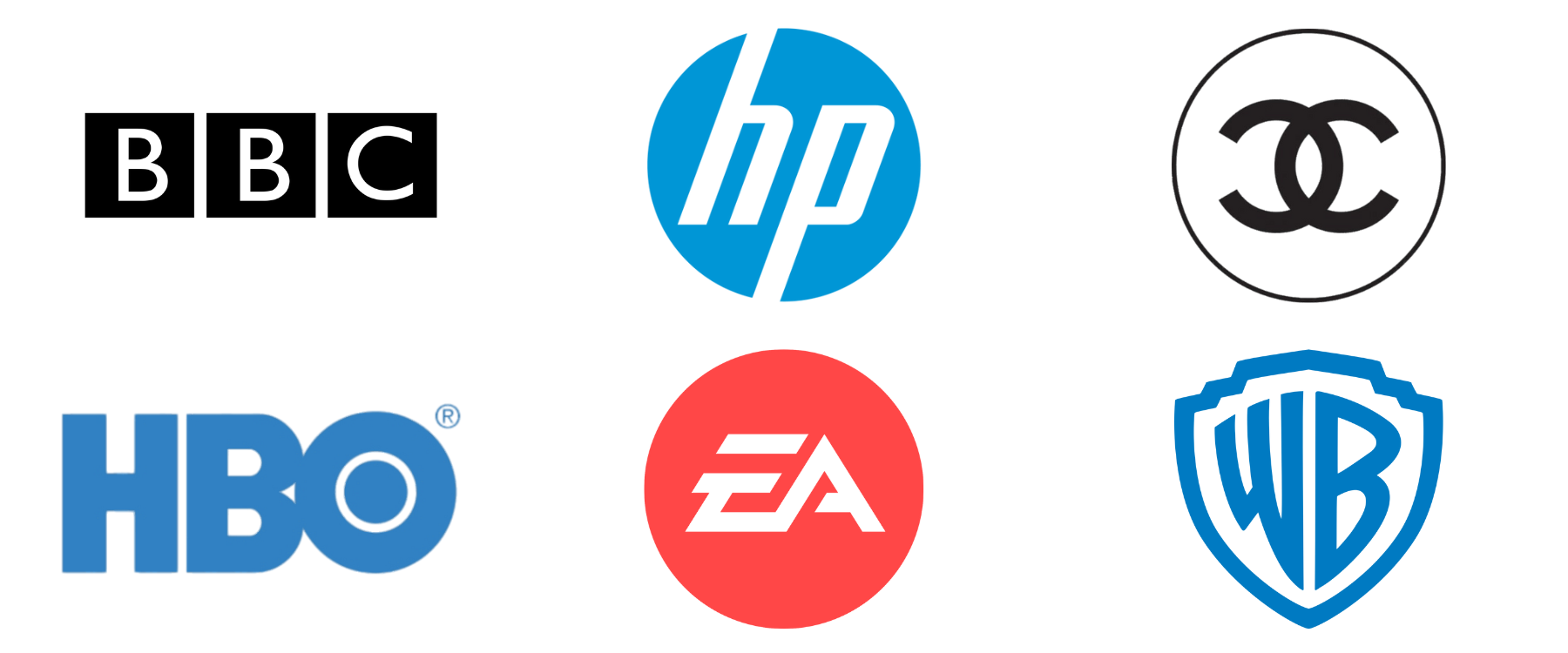
Mascot Logo
Mascots are often playful characters that embody the brand personality. Think of Michelin Man, Colonel Sanders, and Tony the Tiger. Mascots are great for creating a friendly and approachable brand image, particularly effective for companies targeting families or children.
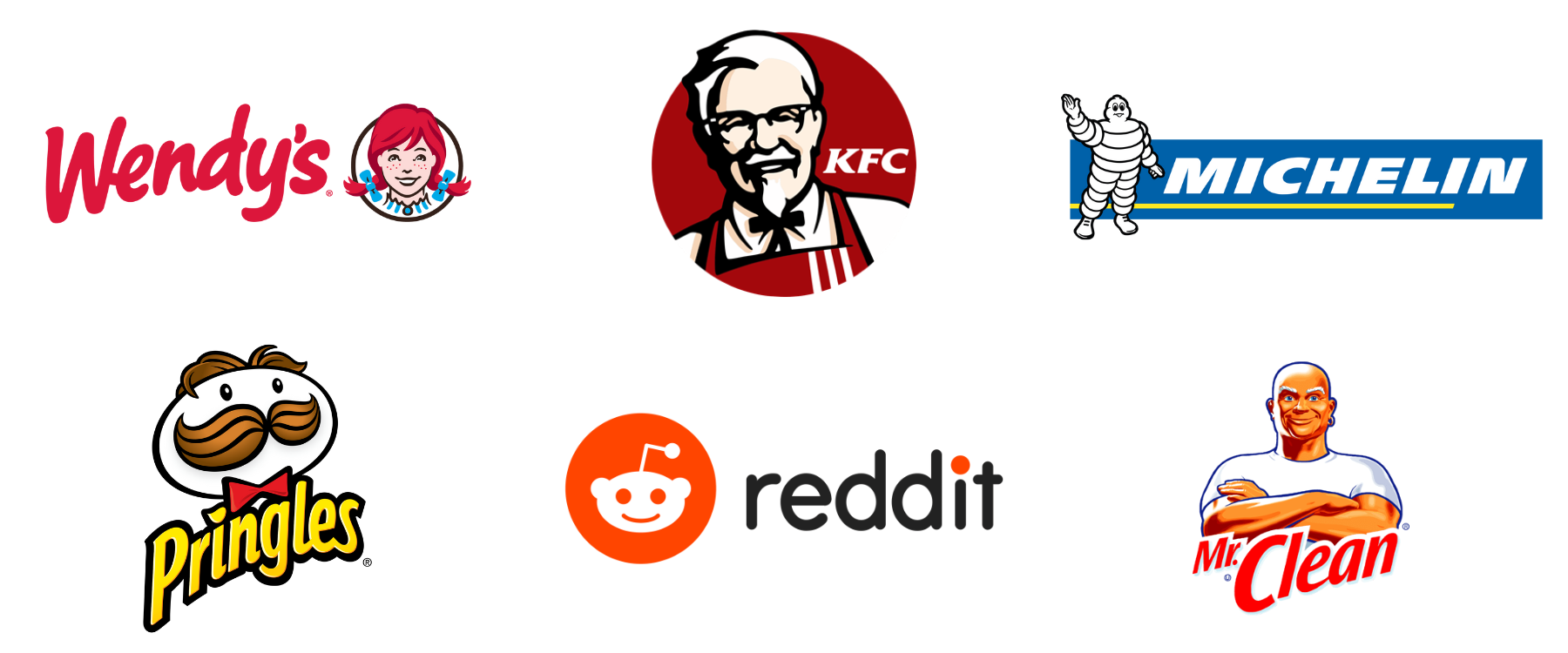
Abstract Logo
These logos use abstract shapes, symbols, or geometric forms to represent a brand. The meaning behind these logos can be more interpretive, allowing for creativity and brand differentiation. Think of brands like Mastercard, Pepsi, or Mitsubishi. Abstract logos can be particularly versatile and adaptable across different applications.
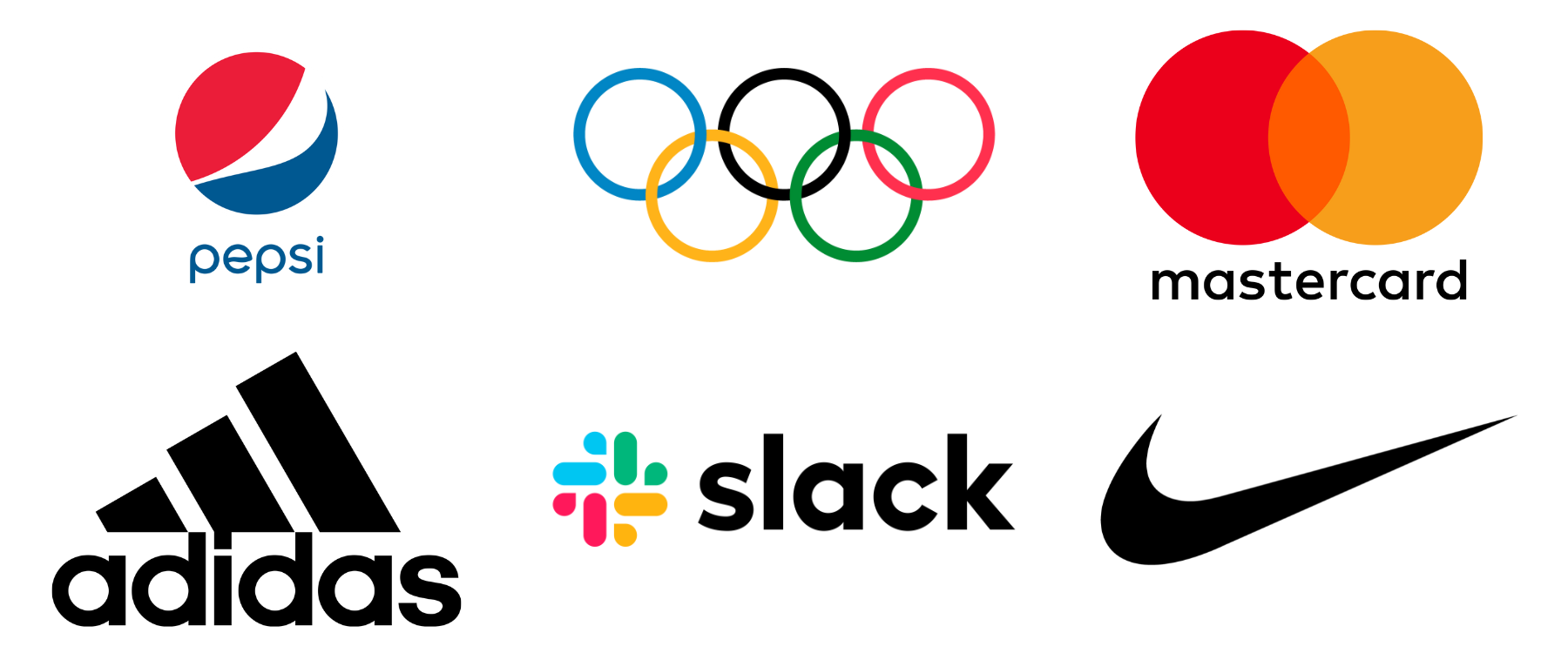
Combining Archetypes for a Unique Voice
While each archetype offers distinct advantages, sometimes the magic happens when they're combined. Here are some ways to consider blending archetypes:
Wordmark with Mascot
Think of Lacoste, which uses a wordmark alongside its iconic crocodile mascot. This combination allows for brand recognition through the text while adding a touch of personality with the mascot.
Monogram with Abstract Element
Brands like Adidas (three stripes) and Chanel (interlaced C's) incorporate abstract elements within their monograms, adding visual interest and potential symbolic meaning.
Mascot with a Playful Wordmark
Consider a brand like M&M's, where the playful characters are paired with a whimsical font in the wordmark, reinforcing the brand's fun and lighthearted personality.
Want to See More of Our Works?
Here at JeriCreative, we understand the critical role a logo plays in shaping brand perception. Our design team is passionate about crafting logos that are not only visually appealing but also strategically designed to resonate with your target audience and embody your brand's unique identity.
Choosing the Right Archetype
Once you have a solid grasp of your brand identity, it's time to delve into the core elements of logo design:
Brand Identity
Does your brand want to be seen as playful, sophisticated, or reliable? Choose an archetype that aligns with your brand personality.
Target Audience
Who are you trying to reach? Mascots might be ideal for children's brands, while wordmarks can work well for B2B companies.
Brand Name
A strong, unique name might lend itself well to a wordmark, while a long name might benefit from a monogram.
Remember, this is just the first step! In the next parts of this series, we'll delve deeper into other key logo elements like typography, color, and negative space. We'll also provide tips on choosing the right design approach based on your brand and budget.


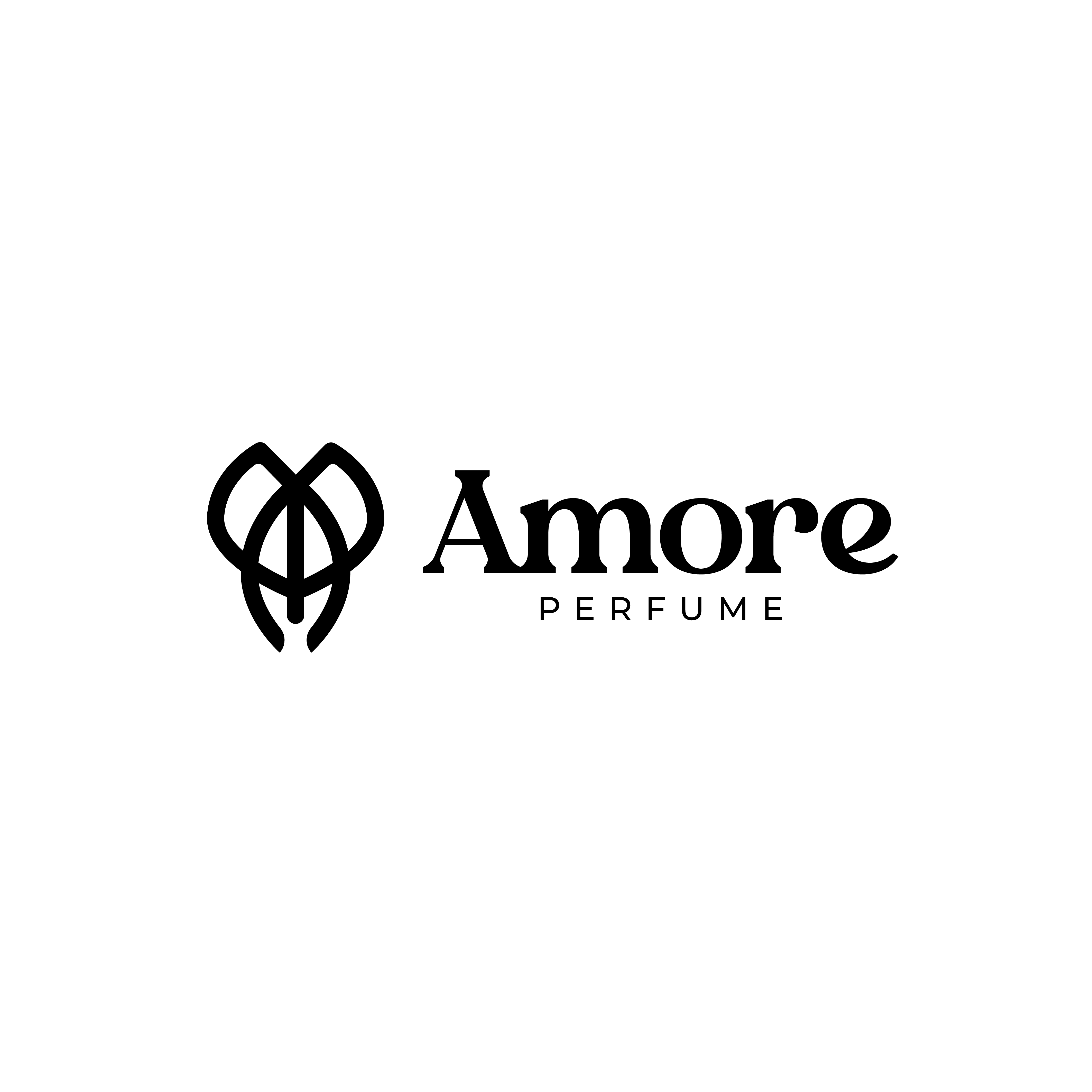


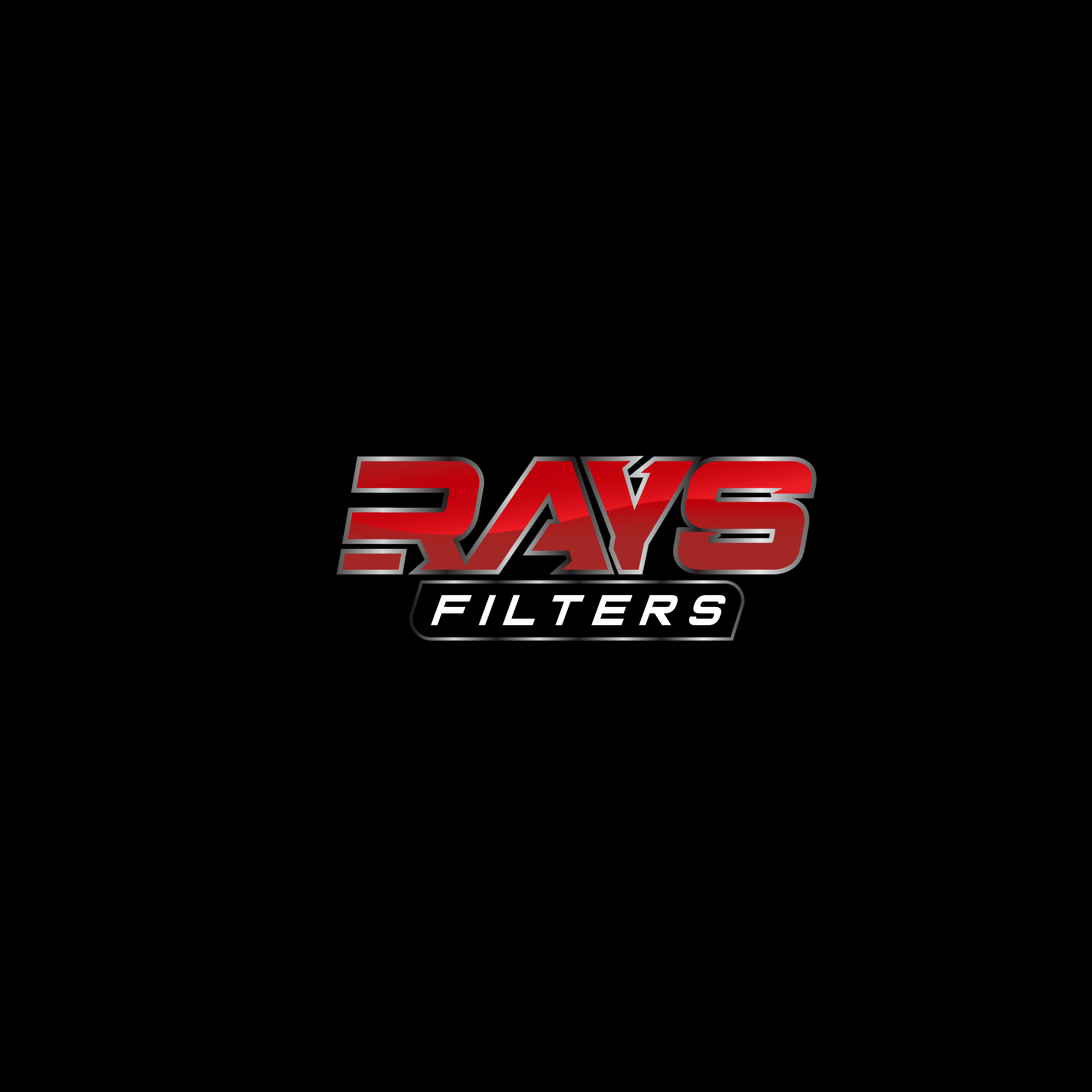

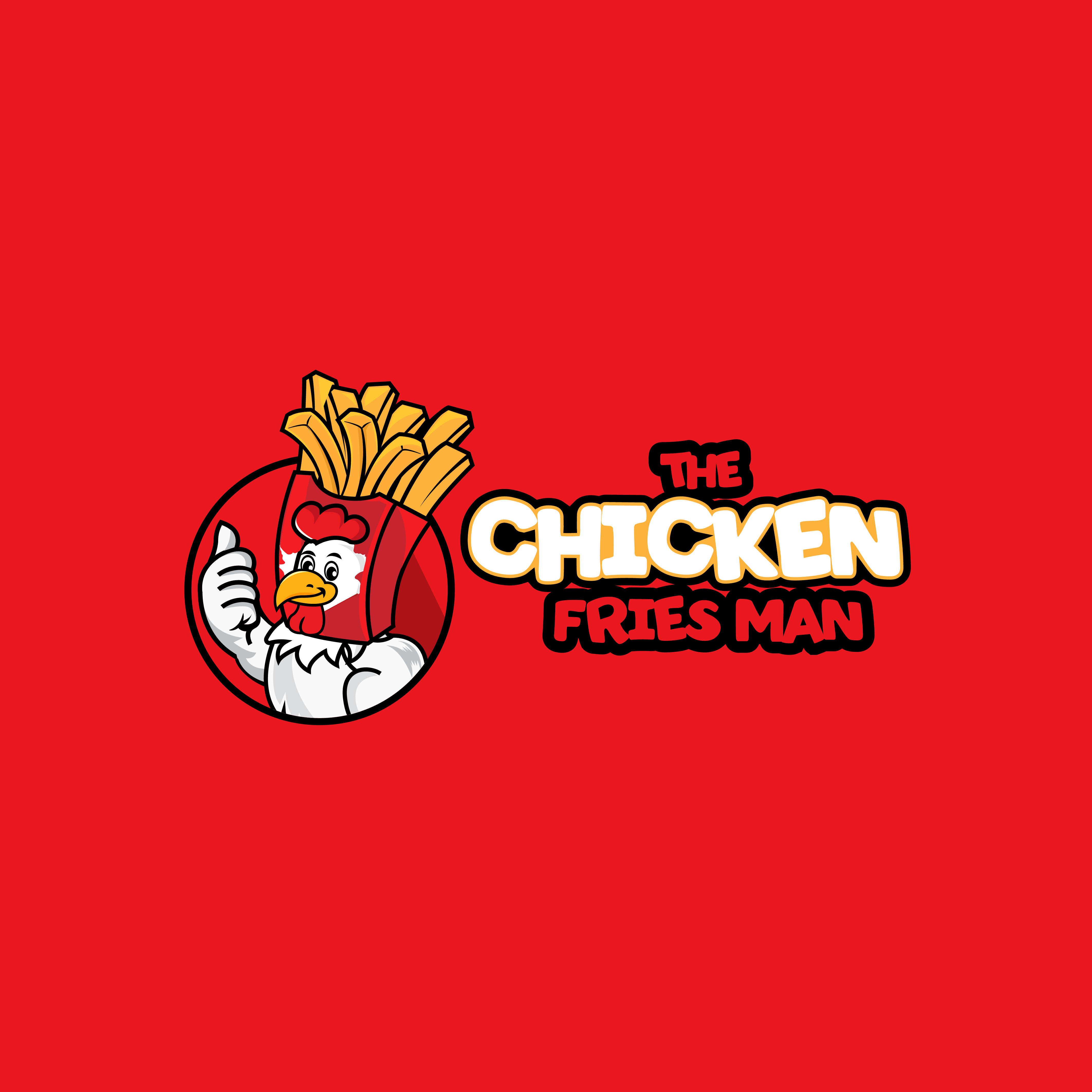
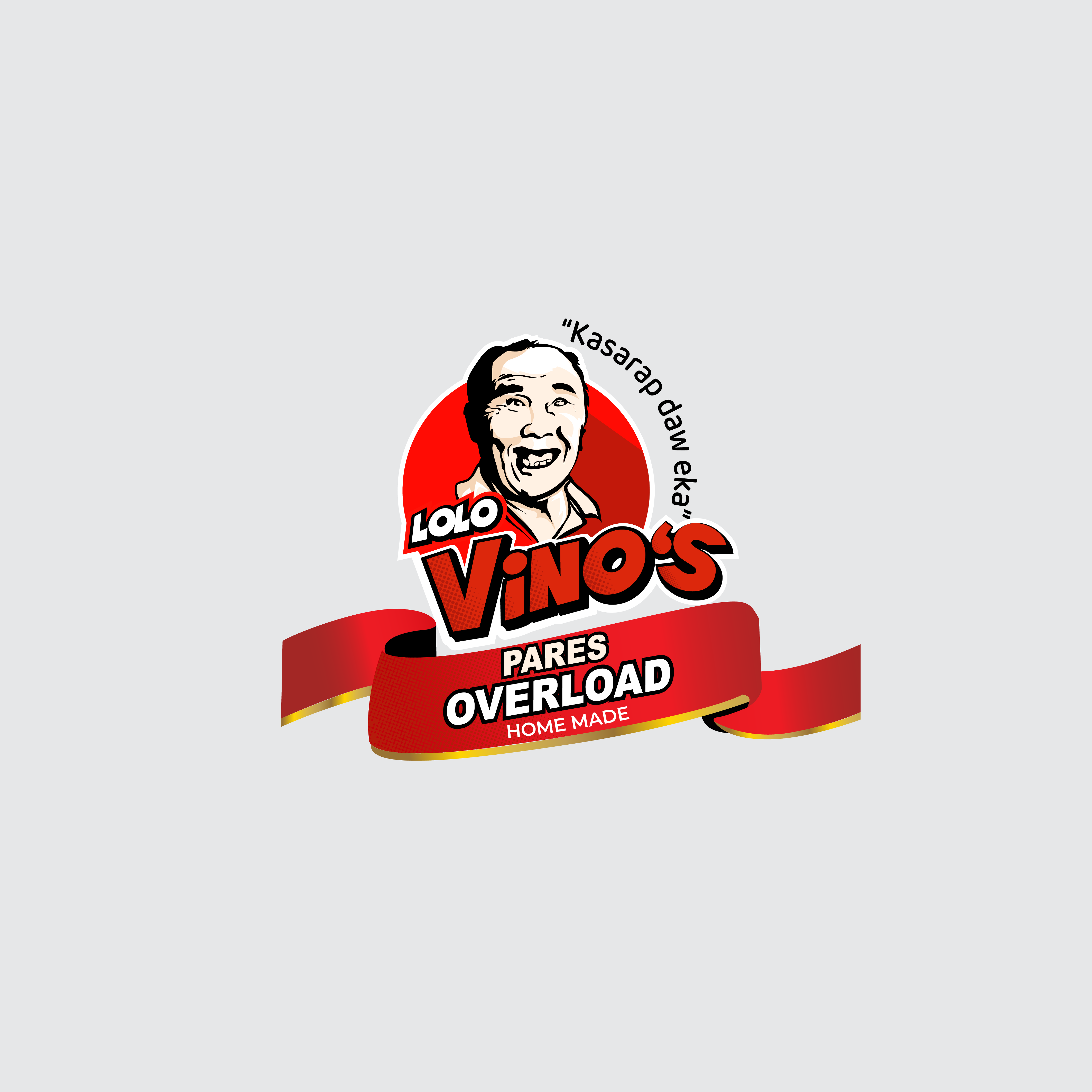

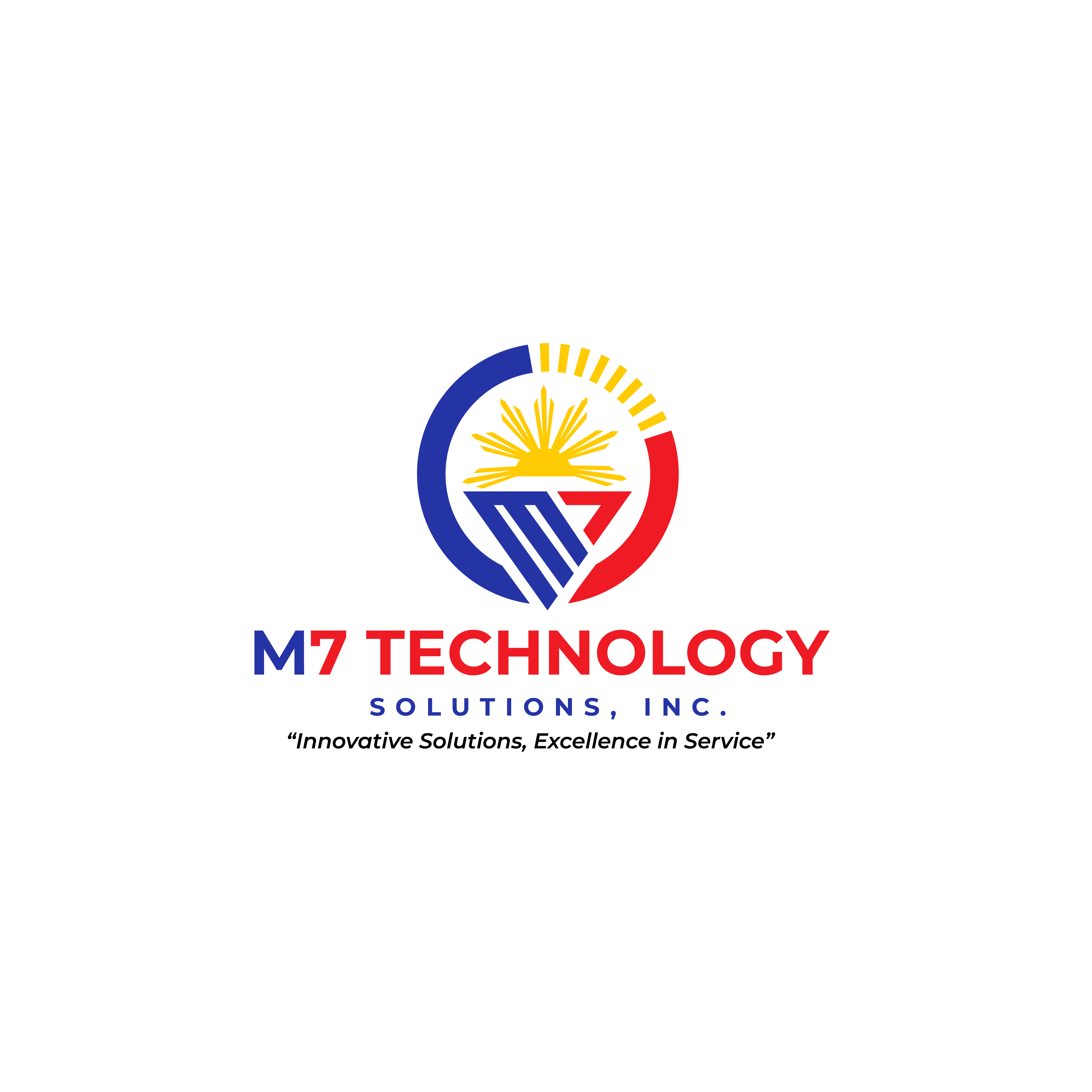
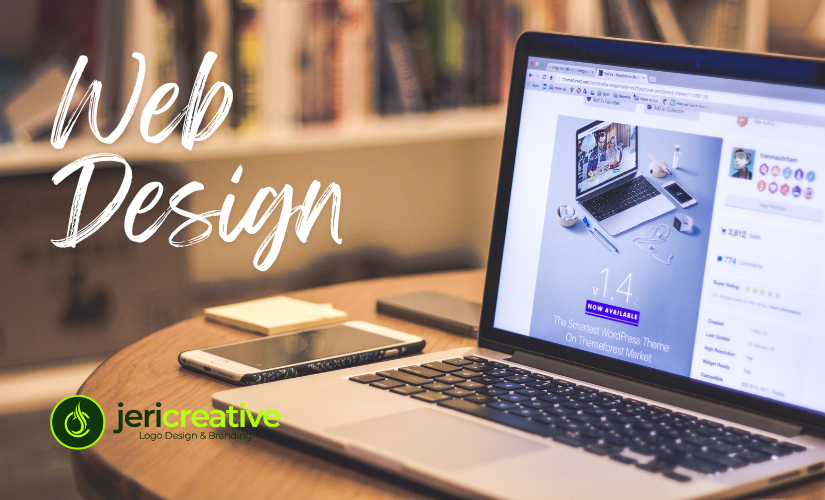


Leave a Reply